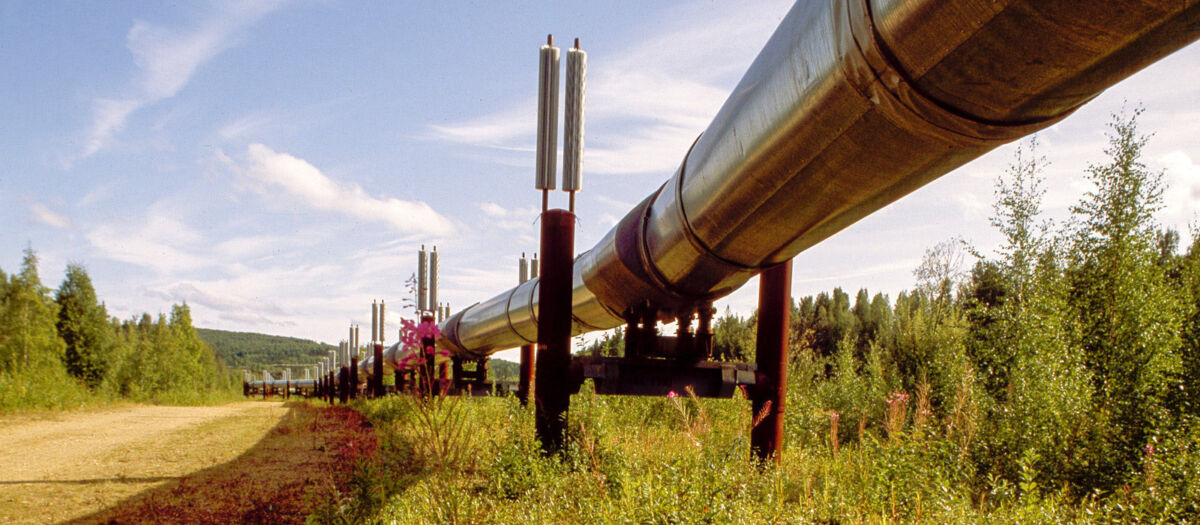
In pipeline engineering, success does not begin at the first weld or end at the first flow. True success lies in how well integrity is designed, managed, and verified across every phase — from feasibility to commissioning. Each stage brings its own challenges, but together they form a single chain of accountability that safeguards people, the environment, and investment.
Pipeline integrity is not a final inspection box to tick. At PJ Inc., we see it as a mindset that guides every engineering decision, inspection step, and commissioning test.
Feasibility: Where Integrity Begins
Before any line is drawn, the project must make sense — technically, economically, and environmentally. During feasibility, engineers identify route options, evaluate terrain and soil conditions, and assess potential environmental and social impacts.
These early evaluations determine the foundation of integrity. Poor route selection can lead to stability issues, corrosion exposure, or environmental conflicts later. Integrating geotechnical, hydraulic, and environmental data early reduces uncertainty and ensures the design phase starts on solid ground.
Key focus areas at this stage:
Design: Engineering for Durability and Safety
The design stage transforms feasibility data into a technical solution that meets performance and safety requirements. Every diameter, wall thickness, and material specification is chosen to ensure reliability throughout the pipeline’s lifespan.
Modern tools like finite element analysis, transient simulations, and 3D modelling help predict how the pipeline will behave under real operating conditions. Safety factors are built into every equation, ensuring the pipeline can withstand temperature variations, pressure surges, and external loads.
Design integrity considerations include:
Environmental protection also becomes an integral part of design — incorporating erosion control, watercourse crossings, and wildlife corridors where required. In PJ’s approach, safety and environmental stewardship are embedded in the design logic, not added later.
Procurement and Fabrication: Controlling Quality from the Source
Even the best design can fail if materials or components are not up to standard. That’s why quality control begins at the procurement stage. Each pipe, valve, and fitting must comply with specified codes (ASME, ASTM, API, ISO) and pass rigorous inspections before being shipped to site.
During the fabrication stage, every component is produced and inspected under strict quality controls to ensure full compliance with the design. Welding follows approved procedures, non-destructive testing (NDT) verifies joint integrity, and coating checks confirm proper protection. Throughout this process, documentation and traceability — from mill certificates to inspection records — form the backbone of the QA/QC system, ensuring that all materials are delivered to site meeting the required standards.
Typical QA/QC checks:
Construction: Turning Engineering into Reality
Construction is where theory meets practice — and where the risk of compromising integrity is highest. Field conditions rarely match drawings perfectly, so experienced supervision and strong quality control are essential.
From trenching to welding and backfilling, each activity is verified and documented. Welders follow qualified procedures, NDT verifies joint soundness, and hydrotesting confirms the pipeline’s ability to hold pressure safely.
Key integrity practices during construction:
Safety plays a dual role: protecting people during construction and ensuring the long-term reliability of the asset.
Pre-Commissioning and Commissioning: Validating the System
Once the physical construction is complete, the system must be cleaned, dried, and tested before operation. Pre-commissioning ensures that all components — mechanical, electrical, and control — perform as intended.
Hydrotesting remains a cornerstone of pipeline integrity, but modern commissioning also involves pigging, leak detection verification, and SCADA system validation. Documentation at this stage proves the system is ready for safe operation and regulatory acceptance.
Typical commissioning activities:
Integrity as a Continuous Process
Commissioning is not the end — it’s the start of operational integrity management. Regular inspections, corrosion monitoring, and maintenance programs ensure that the pipeline continues to perform safely over decades.
The data gathered from construction and commissioning becomes the foundation of the asset integrity management plan, supporting decisions throughout its lifecycle.
From feasibility to commissioning, every stage of a pipeline project shapes its long-term safety, efficiency, and sustainability. Integrity isn’t achieved by one team or one test — it’s the result of consistent engineering discipline, rigorous QA/QC, and a shared commitment to doing things right from the start.
At PJ Inc, that commitment is what drives every pipeline we help design, build, and bring safely into operation.